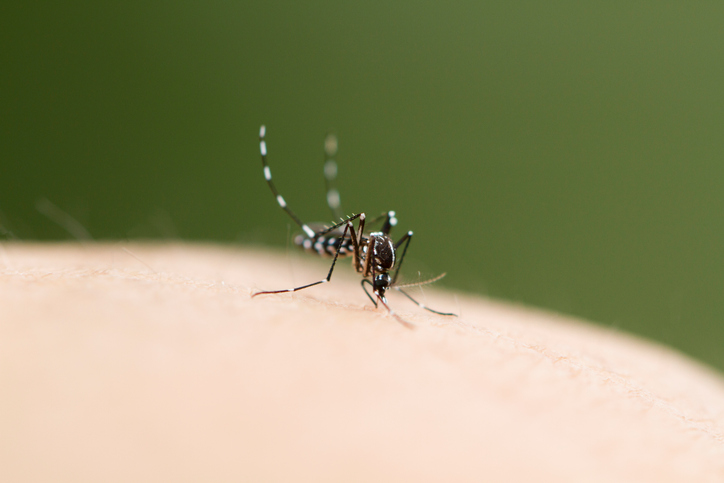Understanding Diabetes and the Need for Dietary Changes
Diabetes is a chronic medical condition that occurs when the body is unable to effectively regulate blood sugar levels due to inadequate insulin production or utilization. It primarily manifests in two forms: Type 1 diabetes, an autoimmune condition where the pancreas produces little or no insulin; and Type 2 diabetes, which is often associated with insulin resistance and is more prevalent among adults. Each type requires careful management to avoid potential complications, making a deep understanding of dietary choices essential.

Diet plays a pivotal role in managing diabetes, as it directly influences blood glucose levels. After a diagnosis, it becomes imperative for individuals to adopt altered eating habits to facilitate better glycemic control. Food choices affect not only immediate glucose levels but also long-term health outcomes. Research has consistently shown that people with diabetes can experience significant improvements in their health by adhering to a well-structured diet plan tailored to their needs.
For instance, individuals may need to monitor their carbohydrate intake, as carbohydrates have the most significant impact on blood sugar levels. The integration of low glycemic index foods, which digest more slowly and result in gradual glucose release, is often recommended. Furthermore, increasing fiber consumption through whole grains, fruits, and vegetables can assist in maintaining stable blood sugar. Additionally, understanding the role of proteins and healthy fats can contribute to a balanced approach to nutrition.
Ultimately, placing oneself on a dietary plan after receiving a diabetes diagnosis is crucial for managing the condition effectively. By making informed food choices and understanding their impacts, individuals can not only stabilize their blood sugar levels but also enhance their overall well-being. Embracing dietary alterations is a fundamental step toward living a healthy life with diabetes.

Key Components of a Balanced Diabetic Diet
A well-structured diabetic diet is crucial for managing blood sugar levels and overall health. The primary focus of this diet should be on consumption of a variety of food groups, which include fresh fruits, vegetables, lean proteins, healthy fats, and low-fat dairy. Each component plays a significant role in maintaining metabolic balance and ensuring nutritional adequacy.
Fresh fruits and vegetables are essential for their rich vitamin and mineral content. They are also high in fiber, which helps in regulating blood glucose levels. Opting for a variety of colors on your plate not only enhances visual appeal but also provides a broader spectrum of nutrients. Non-starchy vegetables such as leafy greens, bell peppers, and broccoli tend to have lower carbohydrate content, making them particularly suitable for those with diabetes.
Incorporating lean proteins like skinless poultry, fish, eggs, legumes, and nuts can assist in muscle maintenance and satiety without leading to significant spikes in blood sugar. Protein-rich foods help moderate the absorption of carbohydrates, contributing to more stable glucose levels. Importantly, healthy fats—such as those from avocados, olive oil, and fatty fish—should also be included in moderation to support heart health, which is critical for diabetics.
Low-fat dairy products are another important food group, providing calcium and vitamin D, which are essential for bone health. For those managing diabetes, choosing options that contain no added sugars is advisable to avoid excess carbohydrate intake. Additionally, making healthy substitutions in one’s diet is impactful; for instance, one can opt for whole grains instead of refined grains and use natural sweeteners in place of sugar. This not only supports better blood sugar control but also contributes to an overall balanced diet.

Foods to Include and Avoid in Your Diabetic Diet
Managing diabetes effectively often hinges on dietary choices. Individuals diagnosed with diabetes should focus on incorporating a variety of nutrient-rich foods while avoiding those that can exacerbate blood sugar levels. A primary focus should be on fiber-rich foods, which play a significant role in stabilizing blood sugar levels. Foods like whole grains, legumes, fruits, and vegetables should become staples of a diabetic diet. These foods not only provide essential nutrients but also contribute to better digestive health, helping individuals maintain a steady blood sugar level throughout the day. Continuous monitoring of blood glucose levels is essential in conjunction with diet and exercise. Regular check-ups with healthcare providers ensure that diabetes management remains tailored to individual needs. During these consultations, healthcare providers can assess one’s progress, adjust medication if necessary, and offer personalized dietary and exercise recommendations. Such collaborative monitoring helps mitigate the risk of diabetes complications and reinforces the importance of maintaining a balanced lifestyle.
Ultimately, the synergy between a diabetic diet, regular exercise, and ongoing monitoring forms the cornerstone of effective diabetes management. Adopting this comprehensive approach not only aids in stabilizing blood sugar levels but also promotes a healthier, more active lifestyle that can lead to improved quality of life over time.
Published by May Healthy Lifestyle





